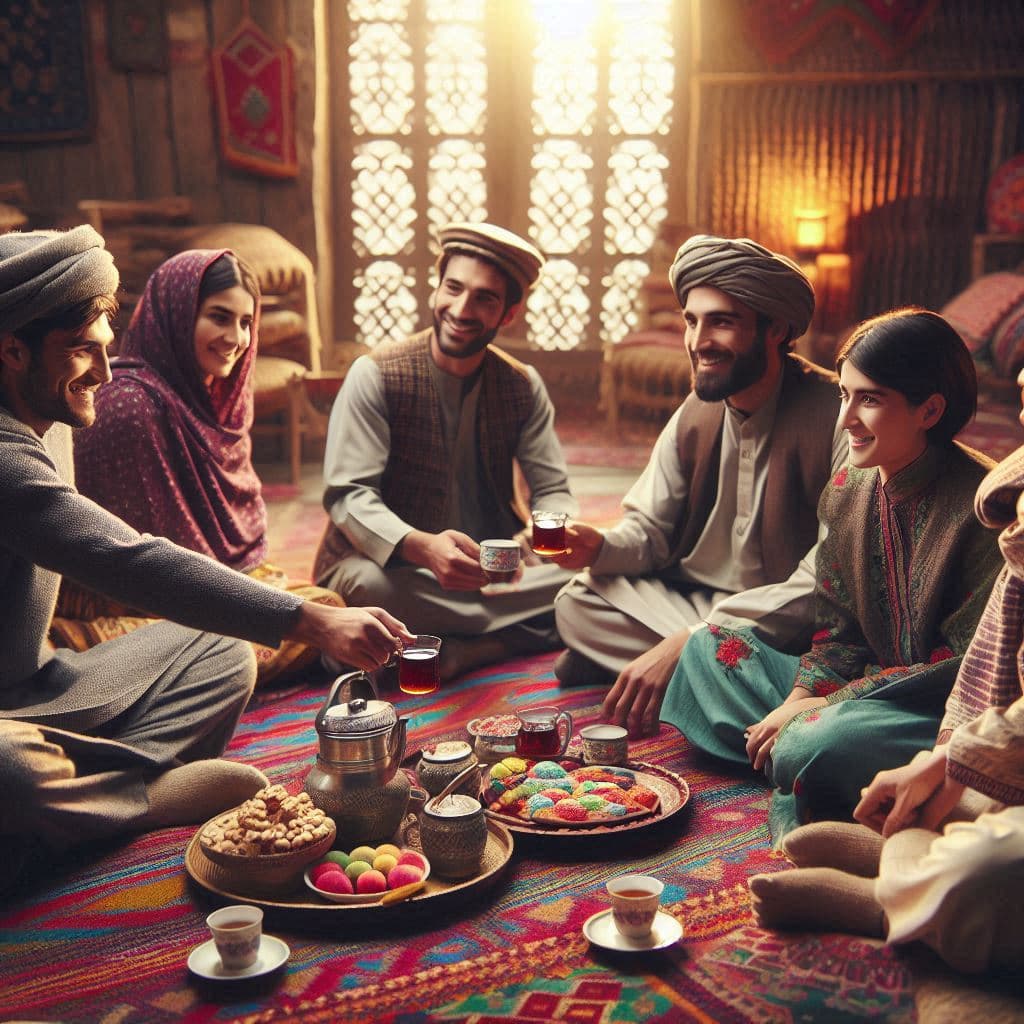
The Role of Pashto Music in Preserving Cultural Identity

Hasan Tariq
04 Apr 2022 - 03 Mins read
Pashto music is a powerful medium that has played a crucial role in preserving the cultural identity and heritage of the Pashtun people. Through its unique melodies, rhythms, and lyrical content, Pashto music conveys the values, struggles, and aspirations of a community that has faced numerous challenges throughout history.
The Evolution of Pashto Music
Pashto music has evolved significantly over the centuries, adapting to changing times while maintaining its roots in traditional folk music. The earliest forms of Pashto music were simple folk songs and ballads, often accompanied by instruments like the Rabab, a traditional string instrument, and the Mangey, a clay drum.
With time, Pashto music incorporated influences from neighboring regions and cultures, resulting in a rich tapestry of genres, including Tappa, Charbeta, Badala, and Neemakai. Each genre has its unique style and thematic focus, ranging from love and romance to heroic tales and spiritual devotion.
The Importance of Lyrics
The lyrics of Pashto songs are often poetic and rich in metaphor, reflecting the deep emotional and philosophical concerns of the Pashtun people. Themes such as love, loss, bravery, and the longing for peace are common. The use of Pashto proverbs and idiomatic expressions adds a layer of cultural depth to the music, making it an important tool for language preservation.
Many Pashto songs are also imbued with a sense of social and political commentary. During times of conflict and hardship, Pashto music has served as a voice for the people, expressing their pain, resilience, and hope for a better future. This has made Pashto music a vital part of the cultural resistance against oppression and a means of maintaining the community's spirit and unity.
The Role of Folk Music
Folk music remains at the heart of Pashto cultural expression. Folk songs are passed down through generations, preserving the stories, values, and history of the Pashtun people. They are often performed at social gatherings, weddings, and cultural festivals, where the community comes together to celebrate their shared heritage.
Instruments like the Rabab, Harmonium, and Tabla are central to these performances, providing a traditional soundscape that is instantly recognizable and evocative. The communal nature of folk music, where audiences often join in singing and dancing, reinforces social bonds and fosters a sense of belonging.
Modern Pashto Music
In recent decades, Pashto music has undergone a transformation, with artists experimenting with modern genres such as pop, rock, and hip-hop. This fusion has given rise to a new wave of Pashto music that appeals to younger audiences while still resonating with traditional themes.
Artists like Gul Panra, Rahim Shah, and Sardar Ali Takkar have gained widespread popularity, not only among Pashtuns but also across South Asia and the diaspora. Their ability to blend contemporary styles with traditional Pashto music has helped bring the language and culture to a global stage.
Music as a Tool for Cultural Preservation
In an age of globalization, where languages and cultures are increasingly at risk of erosion, Pashto music serves as a crucial tool for cultural preservation. By keeping the Pashto language alive in the hearts and minds of its listeners, music helps maintain the unique identity of the Pashtun people.
Pashto music also serves as an educational tool, teaching younger generations about their history, values, and traditions in an engaging and accessible way. It fosters a sense of pride and connection to their roots, even for those living far from their ancestral homeland.
"Pashto music is not just entertainment; it is the heartbeat of our culture, a reminder of who we are and where we come from."
Hamid Gul
The Future of Pashto Music
The future of Pashto music looks promising, with a growing number of young artists and musicians dedicated to keeping the tradition alive while exploring new creative directions. Digital platforms and social media have made it easier for Pashto music to reach a global audience, ensuring that it continues to thrive and evolve.
There is also a renewed interest in traditional instruments and folk genres, with initiatives aimed at documenting and revitalizing these art forms. This blend of tradition and innovation ensures that Pashto music will remain a vibrant and dynamic part of the cultural landscape for generations to come.
In conclusion, Pashto music is more than just a form of artistic expression; it is a vital link to the past and a beacon for the future. It celebrates the resilience, beauty, and diversity of the Pashtun people, serving as a testament to their enduring cultural legacy.



